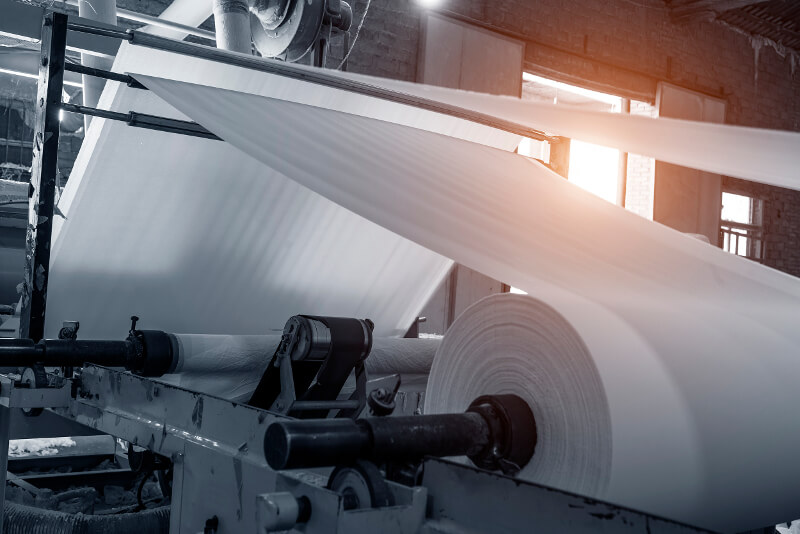Get A Free Legal Consultation
- We fight to maximize your results
- Many clients get results in as few as 90 days
- No out-of-pocket costs for you or your family



For decades, the paper mill industry has been massive, and it continues to grow. In 2011, there were 81 mills in the United States drawing wood and the industry was producing over 122,000 tons of pulp per day, according to Green America. In the last 25 years, usage of paper products has increased from 92 million tons to 208 million – a growth of 126 percent.
With high demand for paper production comes demand for paper mill workers, who spend their days handling high-powered industrial equipment used to process lumber into paper and board products. These gigantic manufacturing facilities house a variety of power transmission, packaging and processing equipment – which in the past may have incorporated asbestos materials or insulation.
Call (800) 326-8900 now to see if our asbestos attorneys can help your family secure compensation after a mesothelioma diagnosis. It costs nothing to speak with us.
Until the late 20th century, asbestos was a popular component of heavy equipment and machinery common to the paper processing industry – i.e. dryer felts, digesters, storage tanks, vessels, pumps, valves and industrial brakes and clutches. Due to the vast amount of energy necessary for paper production, many mills had their own onsite powerhouses used to generate steam and electricity.
Because of its high heat tolerance and resistance to corrosion, asbestos was a cheap and effective material for the array of processing equipment used to make paper and board products as well as the insulation material for the boilers and powerhouse equipment used to generate the necessary power. Industrial brakes and clutches, often containing asbestos, were utilized to control the high-powered paper machines and fast-moving winders and reels that wound rolls of paper.
In particular, asbestos industry giant Johns-Manville advertised a line of industrial products which they recommended for the special conditions of the pulp and paper industry – i.e. asbestos cement pressure pipe, packing materials, gaskets and asbestos-laden insulation material including pipe insulation, blocks, bricks, blankets, insulating cements and fills and insulating paper and felts.


Asbestos containing equipment commonly found in paper mills included:
Regardless of whether or not they directly handled these materials or equipment, paper mill workers may have been exposed to toxic asbestos fibers as they often worked alongside other people who did: maintenance personnel, millwrights, insulators, pipe fitters or other tradespeople who serviced the facilities and the equipment. During routine plant shutdowns and machine overhauls, many assembly line workers along with machinists and other laborers would assist in overhauling and retooling equipment – working on crews to tear out, repair and reinsulate various machinery and equipment – resulting in disturbing asbestos fibers and unknowingly inhaling the toxic fibers into their lungs.
At Simmons Hanly Conroy, our ongoing focus is on helping mesothelioma victims and their families – the innocent workers wronged by corporations who knowingly put them at risk. We have experience helping people injured by asbestos who have worked at paper mills throughout the nation in a variety of positions including: